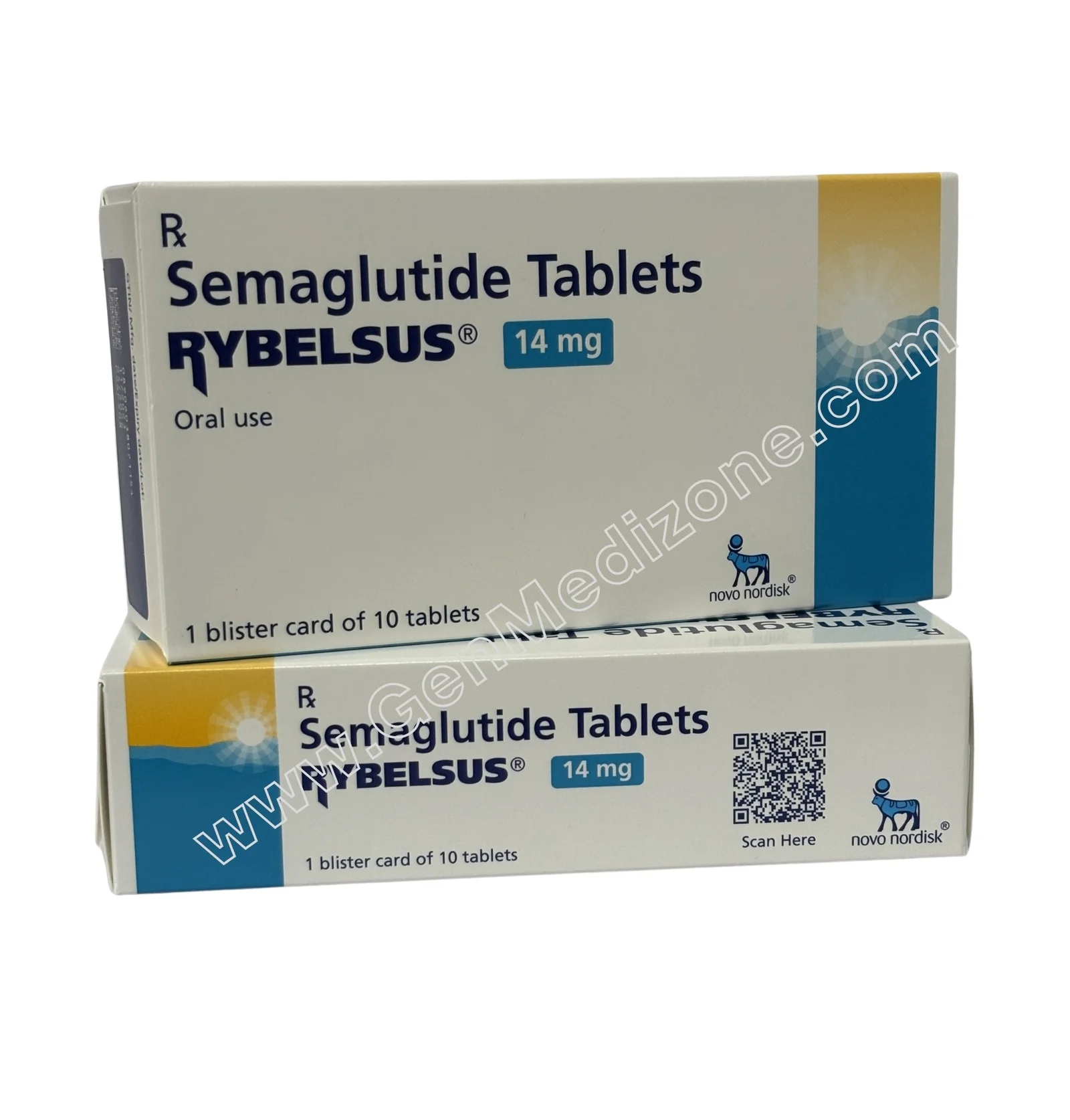WellHealth Muscle Building Resources Available Here
Building muscle can be an engaging journey that entails intelligent training, a healthy diet and disciplined lifestyle habits. To effectively increase overall fitness levels through muscle growth, understanding its core principles as well as proven techniques is paramount to safely reaching fitness objectives sustainably – WellHealth offers scientific-backed advice and practical tips that can assist with this goal – their guide covers topics including diet, workouts and recovery strategies will show how.
- Understanding Muscle Growth: The Basics
Muscle growth, also referred to as hypertrophy, occurs when muscle fibers undergo stress and repair in response to resistance exercises like lifting weights or resistance training resulting in microtears in their tissues that heal over time, leading to stronger and bigger muscles resulting in hypertrophy – this process eventually leading to muscle growth over time and expansion over time. Here’s how it happens:
Mechanical Tension: Lifting weights produces mechanical tension on muscles, stimulating their development. Progressive overload gradually increasing weight lifted is crucial when building muscles.
Metabolic Stress: Exerting energy results in the build-up of metabolic waste products such as lactate that trigger the release of hormones which in turn promote muscle growth.
Muscle Damage: Resistance exercises cause small tears within muscles which heal with time during recovery leading to subsequent growth in muscles.
- Effective Training For Muscle Gain
To maximize muscle growth, effective training goes beyond lifting heavy weights alone – here’s how you can create an exercise regime to optimize gains:
Compound Versus Isolation Exercises, such as squats, deadlifts, bench presses and rows are designed to target multiple muscle groups simultaneously and stimulate more fibres of each muscle fibre for overall development and growth. By lifting heavy weights simultaneously you increase muscle growth as a whole and experience improvement of overall growth and development.
Isolation Exercise: Target specific muscle groups using isolation exercises like bicep curls, leg extensions and tricep pushdowns to isolate problem areas while correcting muscular imbalances and fine-tune your physique while correcting imbalances between different muscle groups to provide a full workout while effectively targeting any deficiencies safely and efficiently.
Progressive Overload To build muscle effectively, one needs to engage in progressive overload – gradually increasing load, reps or intensity over time – which stimulates continual muscle growth by forcing your body’s adaptations into making you stronger over time. Progressive overload increases load gradually.
For maximum hypertrophy, select an effective rep range (8-12 reps per set with weight at 60-80% of one-rep max, which encourages fatigue while optimising growth potential). More experienced lifters may incorporate heavier, lower rep sets or higher rep sets in their routine to target endurance or strength more specifically.
Frequency and Volume in Workouts

Beginners may benefit from exercising each muscle group two to three times each week for optimal results; experienced lifters might prefer training specific muscle groups once or twice at higher volumes every week to maximize results; always making sure there’s sufficient rest between sets!
Your Rest Periods
Rest intervals have an incredible effect on the intensity of your workout. To optimize muscle hypertrophy, aim for rest periods between 45 seconds to 90 seconds between sets so your muscles have sufficient time to recover while producing fatigue in preparation for future sets.
- Nutrition for Muscle Building
Nutrition plays a pivotal role in muscle growth. Here is what should be prioritized during daily nutrition:
Protein is vital to muscle repair and growth. Aiming for between 1.2 to 2.0 grams per kilogram of body weight daily to meet protein goals. Protein sources with high quality include poultry, fish, lean beef, eggs dairy products (like tofu lentils beans etc) as well as protein shakes as an efficient and straightforward means of meeting daily protein consumption goals.
Complex Carbs Can Fuel Your WorkoutsWhole grains, veggies and legumes all play a critical role in providing the energy needed to power workout sessions; additionally they replenish glycogen stores so you can deliver maximum performances!
Diets Rich in Healthy Fats A diet rich in avocados, nuts, seeds, olive oil and fatty fish such as salmon can all support hormone production that boosts muscle-growth hormones and accelerates muscle recovery.
Hydration
Adequate hydration can improve performance, recovery and nutrient absorption. Aim to consume at least 2-3 litres daily or more for maximum performance and recovery benefits if sweating heavily while exercising.
For optimal muscle growth, consume a caloric surplus by eating approximately 250-500 more calories than your body requires, such as increasing maintenance calories by 100 or 200. Focus on eating quality whole food sources to replenish this deficit in calories.
- Recovery as Key for Muscle Growth
Recovery is vitally important to muscle repair, growth and overall performance – neglecting it could result in overtraining, injuries or stagnated progress. Here’s why prioritizing it matters:
Accumulated Sleep
Adequate rest is crucial to muscle recovery and hormone production. Aim for at least 7- 9 hours each night so your body has time to rest while healing itself while recovering in comfort.
Active Recovery
On days off from training or work, incorporate light activity such as walking, stretching or yoga into your schedule for maximum blood flow and muscle repair benefits without placing additional stress on yourself or others. Active recovery improves circulation while supporting muscle repair without added strain on either party involved.
Stretching and Foam Rolling
Stretching and foam rolling help ease muscle tightness while increasing flexibility – helping the body move without risk of strain or injury.
Make time in your weekly workout regimen for at least two full-scale rest days so your muscles have enough time to recuperate and grow. Muscle development usually occurs while resting, not working out; therefore taking some downtime for yourself and recovering is vitally important in muscle-building success.
Supplements While supplements aren’t essential to supporting muscle growth, certain supplements could aid its expansion. Available options could include:
Protein powder should help you meet daily protein goals while creatine can boost strength and performance to allow heavier lifts with faster muscle growth stimulation. Incorporating BCAAs may reduce muscle soreness while speeding recovery time.
- Track Progress and Alter Your Routine
Tracking and adapting your muscle-building journey helps maintain motivation while providing opportunities to make necessary modifications along the way. Here are a few strategies for tracking and adapting to routine:
Strength Increases
Over time, track how much weight you are lifting and strive to gradually increase it; strength gains often signify muscle growth.
Keep track of Your Body Measures.
Conduct regular body measures on arms, chest, waist and thighs to monitor muscle gains or fat losses and any changes over time in these measurements that indicate growth or shrinkage.
Shoot progress photos as part of your transformation record to easily monitor muscle gains more clearly and capture every little change that may otherwise go undetected on an everyday basis. With photos as evidence, small changes become much easier to spot. By documenting them visually with progress images, changes that might otherwise go undetected can now easily be observed – no longer being hidden under layers of excuses from daily life!
Adjust Your Diet and Workouts
When progress stalls, try altering caloric intake, macronutrient ratios or workout routine. Sometimes even small tweaks such as upping protein consumption or trying new exercises can spark fresh momentum for growth.
Avoid Common Muscle-Building Mistakes
To maximize results from muscle building, make sure you avoid these common errors:
Overtraining: Overtraining can lead to injuries and reduced performance; make sure to include rest periods in your workouts for the best results.
Poor Form: Proper exercise form prevents injuries by engaging targeted muscle groups correctly – seek guidance if unsure.
Reducing Recovery: Failing to recognize sleep, rest and nutrition’s effect on muscle growth can seriously compromise muscle growth; for optimal muscle gains be sure to make recovery an integral component of your routine. Consistency: Building muscle takes time – for lasting results ensure that workouts, nutrition and recovery remain on an even schedule!
- Create a Sustainable Muscle-Building Lifestyle
Building muscle is an ongoing commitment that takes patience, consistency and an adaptive attitude; make muscle-building part of a sustainable lifestyle strategy by adhering to these key principles:
Realistic Goals: Create goals that are realistic, attainable and measurable; reward progress regardless of its size or rate of advancement; find activities you enjoy like weightlifting, functional training or bodyweight exercises to make exercise part of the journey enjoyable!
Stay Informed: Stay up-to-date with new techniques, nutrition advice and wellness habits that could enhance your journey.
Conclusion
Building muscle requires taking an integrated and holistic approach to training, nutrition and recovery. By dedicating yourself and employing smart strategies with assistance from WellHealth experts you can reach your muscle-building goals safely and effectively. Keep in mind the journey may take longer than anticipated so be patient as the process unfolds and relish every minute!







Post Comment